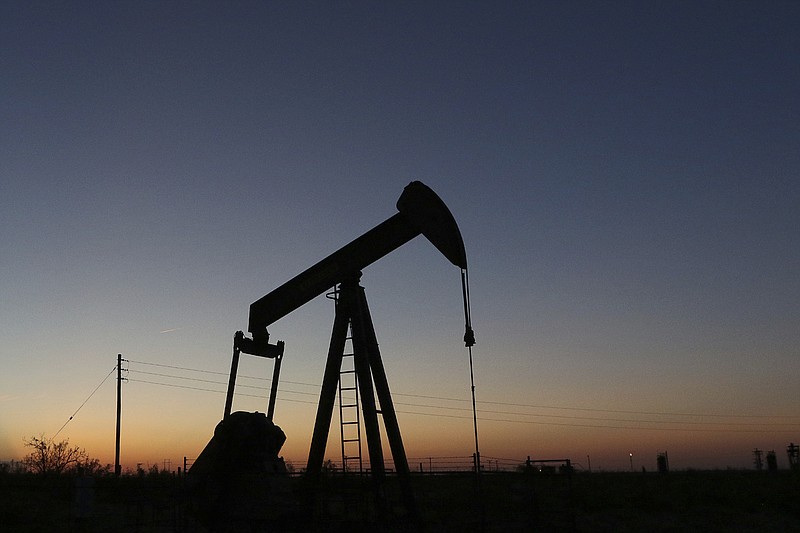Some readers may be old enough to recall a devastating period of energy shortages beginning in the 1970s and 1980s, as U.S. supplies fell behind and the OPEC oil cartel was birthed just as America became critically dependent upon imported oil. Long gas lines and a major economic recession resulted. If you're too young, Google "1970s gas lines" to see what your parents went through to fill up their tank.
September 2019 became a monumental milestone signaling the formal end of the U.S. energy crisis. For the first time since monthly records began in 1975 (perhaps not since 1949), the United States exported more petroleum products than it imported. In a development that was literally unthinkable just 10 years ago, America has become a net exporter of oil, gas liquids and refined products. Talk about your game changers.
U.S. oil production peaked in 1971 at around 10 million barrels per day and then entered a steady decline, falling in half by 2008. Oil prices approached $150 per barrel, and predictions universally ranged from $200 to $400 per barrel over the next decade. The impending shortage was so threatening to our economic stability that Congress passed legislation in 1975 making exports of crude oil illegal except in limited circumstances to close allies or to swap for more easily refinable grades of crude. In 1979, President Carter addressed the nation in what became known as the "malaise speech" (although the term was never used), in which he implored his listeners to tackle the "crisis of confidence" resulting from the existential threat of energy shortages and dependence on foreign sources. The future looked bleak indeed.
Fast forward to the early 2000s. An obscure but promising pair of technological innovations was about to change the world. Horizontal drilling (turning the drill bit sideways) and hydraulic fracturing (high-pressure injections to release trapped oil and gas) were about to go mainstream. The result exceeded virtually everyone's expectations. By 2009, domestic oil production began to increase again for the first time since 1971, and has continued to expand at the fastest rate in U.S. history. Current production of 12.6 million barrels scored another all-time record last month, roughly 25% above the 1971 peak output. And it's still heading higher.
This unexpected but welcome bounty has shifted the landscape. In December 2015, in almost an afterthought tacked onto an omnibus spending bill, Congress lifted the ban on exporting crude oil, just as surging output of natural gas liquids and refined products were boosting their own exports as well. These developments culminated in the September export surplus as seen in the chart.
While the astounding achievement of American inventiveness and access to capital induced a production miracle, it should be noted that other more subtle but equally important accomplishments also paved the way. In particular, the nearly relentless increase in energy efficiency of the US economy since those dark days of gas lines.
According to the U.S. Energy Information Agency, the total expenditure on energy in the US per dollar of economic output or GDP is now the lowest since at least 1970 when record keeping began. Since its peak in 1981, so-called energy intensity declined by half from 13% of GDP to 5.8% in 2017, a major accomplishment.
And we're not through. The annual BP energy survey for 2019 predicts a further reduction in energy intensity of 36% by 2040, and forecasts that U.S. energy production will exceed consumption by 15% in 20 years. Who woulda thunk it.
In some ways, September 2019 represents another celebration of American Independence: the once-elusive goal of energy independence has arrived. Astonishing.
Christopher A. Hopkins, CFA, is a vice president and portfolio manager for Barnett & Co. in Chattanooga.

